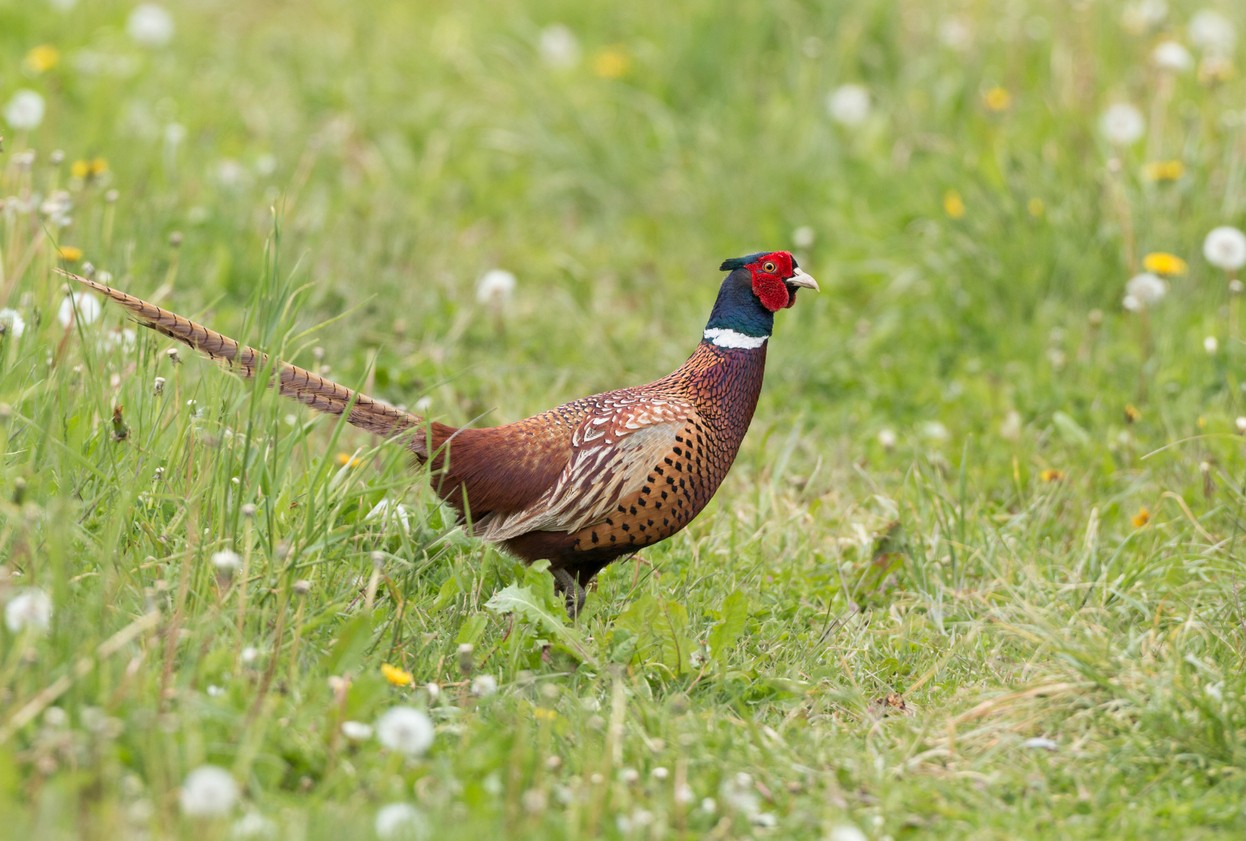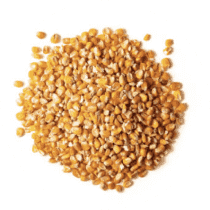Ring-necked Pheasant
A species of Typical Pheasants, Also known as Phezzen, Jumbo Ringneck Pheasant Scientific name : Phasianus colchicus Genus : Typical Pheasants
Ring-necked Pheasant, A species of Typical Pheasants
Also known as:
Phezzen, Jumbo Ringneck Pheasant
Botanical name: Phasianus colchicus
Genus: Typical Pheasants
Content
Description People often ask General Info

Description
The omnivorous ring-necked Pheasant sports a distinctive ringed neck. It has been taken from its native East Asia and introduced around the world with positive results. The beauty of the males, with their blue-green heads and red wattles, has made them a popular target for game hunters who mount them as trophies.
Size
53 - 91 cm
Life Expectancy
8 years
Nest Placement
Ground
Clutch Size
7 - 15 eggs
Incubation Period
1 - 2 broods
Number of Broods
23 - 28 days
Feeding Habits
Ring-necked Pheasant consumes a seasonal diet; in fall and winter, it relies mainly on seeds, grains, grasses, leaves, roots, fruits, nuts, and insects. In spring and summer, the emphasis shifts to more animal prey and greenery. Ring-necked Pheasant forage in grasslands and brushy areas, occasionally scavenging waste grain from pastures and extracting food up to three inches below ground.
Habitat
Ring-necked Pheasant's habitat spans versatile environments, from forests and grasslands to agricultural terrains and desert outskirts. Adaptability enables them to flourish from sea level to elevations of 11,000 feet. They favor areas providing shelter for roosting, nesting, and feeding, with a preference for dense shrubbery and forested wetlands, as well as agricultural fields such as alfalfa, adapting seasonally for optimal conditions.
Nest Behavior
Ring-necked Pheasant females choose nesting sites near winter ranges, build nests in spring, and line them with nearby materials. Egg-laying follows, with incubation solely by females. Males do not participate in parental care.
Nest Characteristics
Ring-necked Pheasant nests are typically hidden amid tall vegetation on the ground, often in a shallow depression self-made by the females. They are sparsely lined with grass, leaves, twigs, and feathers, measuring around 7 inches wide and 2.8 inches deep.
Dite type
Omnivorous
People often ask
General Info
Feeding Habits
Bird food type

Black Oil Sunflower Seeds

Hulled Sunflower Seeds

Cracked Corn
Bird Feeder Type

Platform

Ground
Sounds
Call
Recording location: Belgium
Call
Recording location: Belgium
Call
Recording location: Belgium
Behavior
Ring-necked Pheasants exhibit a dynamic range of behaviors, particularly during the breeding season. Dominant males defend territories with loud calls and may physically confront rivals, engaging in dramatic fights that often end with the challenger fleeing. They attract females by displaying vivid wattles and feathers, and perform 'tidbitting'—offering food to hens as part of courtship. These birds form harem-like groups, with one male overseeing multiple females, vigilant against interlopers. Daily activities include dust baths, essential for maintaining feather health by removing parasites and debris. Overall, ring-necked Pheasants showcase a blend of vigilance, aggression in males, and meticulous self-care.
Species Status
Not globally threatened.


Scientific Classification
Phylum
Chordates Class
Birds Family
Phasianidae Genus
Typical Pheasants Species
Ring-necked Pheasant